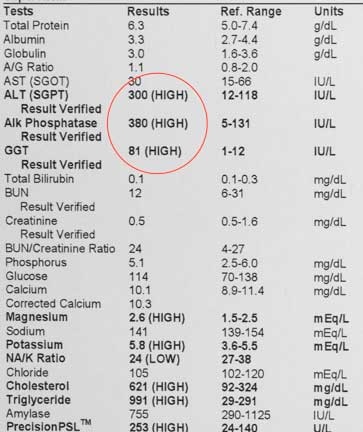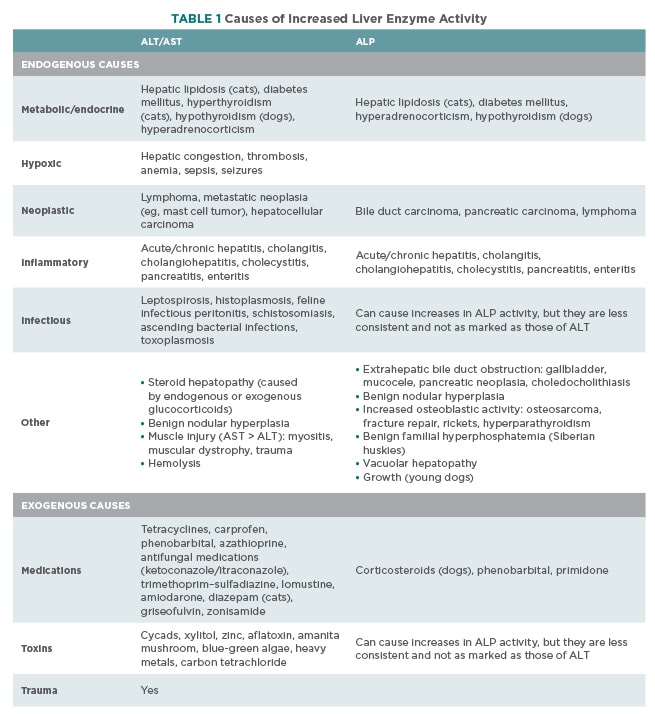So, I’ve been having this nagging worry about my dog, Buster. He’s been a bit off lately – less zoomies, more naps. Naturally, I started googling (a dangerous habit, I know), and stumbled upon something called “liver levels.” Apparently, these can indicate if your furry friend’s liver is doing okay.
I dove deeper. I learned, there are things called ALT, AST, ALP, and GGT – sounds like alphabet soup, right? These are enzymes, and if they’re out of whack, it could signal some liver problems. My vet had once told me that when dog’s liver have problems, the symtom shows really late.

Figuring Out the “Normal”
First thing I did? I looked back at Buster’s old vet records. Luckily, I’m a bit of a hoarder when it comes to his paperwork. I found a couple of past blood tests. Bingo!
I compared the numbers on those old tests. They were all within a certain range, which the vet had marked as “normal” at the time. I felt a little relief – at least I had a baseline for my dog.
I called the vet’s office. I know, I know, I probably should have done this first. But hey, I was in research mode! I asked the vet tech if they could give me the “typical” ranges for those liver enzymes. She rattled off some numbers, which I scribbled down frantically.
Putting It All Together
Now I had two sets of numbers: Buster’s old “normal” and the vet’s “typical” range. They were pretty close, which was reassuring. It gave me a good idea of what should be normal for Buster.
- ALT: His old tests were around 50-60 U/L, and the vet tech said the typical range was something like 10-100 U/L.
- AST: Similar story – his old tests were in the 20-40 U/L range, and the typical was 15-50 U/L.
- ALP: This one was a bit wider. Buster’s past results were around 80-100 U/L, while the typical range was 20-150 U/L.
- GGT: His old tests were low, like 5-10 U/L, and the vet said that was perfectly normal (typical range being 0-12 U/L).
Next Steps (and a Vet Visit!)
Armed with this information, I booked an appointment for Buster to get a new blood test. I wanted to see where his levels were now compared to his baseline and the typical ranges. And i think it is better to hand it to the real doctor.
While I was doing all this digging, I also made some notes about Buster’s recent behavior – the extra napping, his slightly decreased appetite. These things are important to tell the vet, as they can help paint a bigger picture.
Basically, I realized that “normal” liver levels can vary a bit from dog to dog. It’s all about knowing your own dog’s history and getting professional advice. And most importantly, don’t panic if you see something slightly outside the “typical” range – talk to your vet! They’re the experts, and they can help you figure out what’s best for your furry friend.







